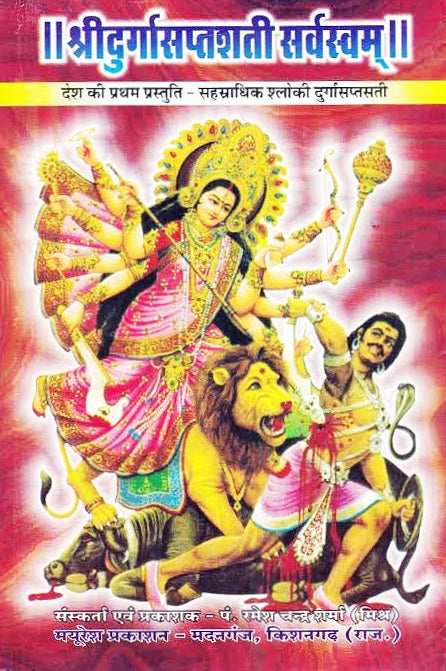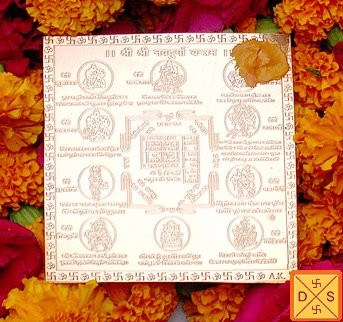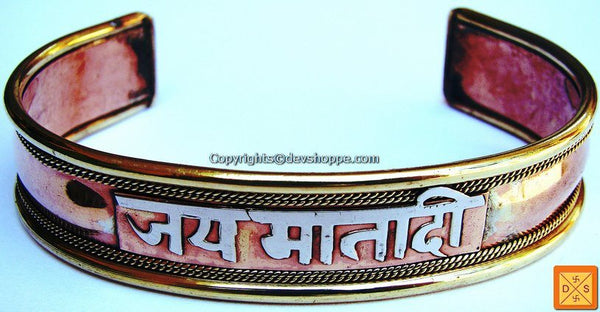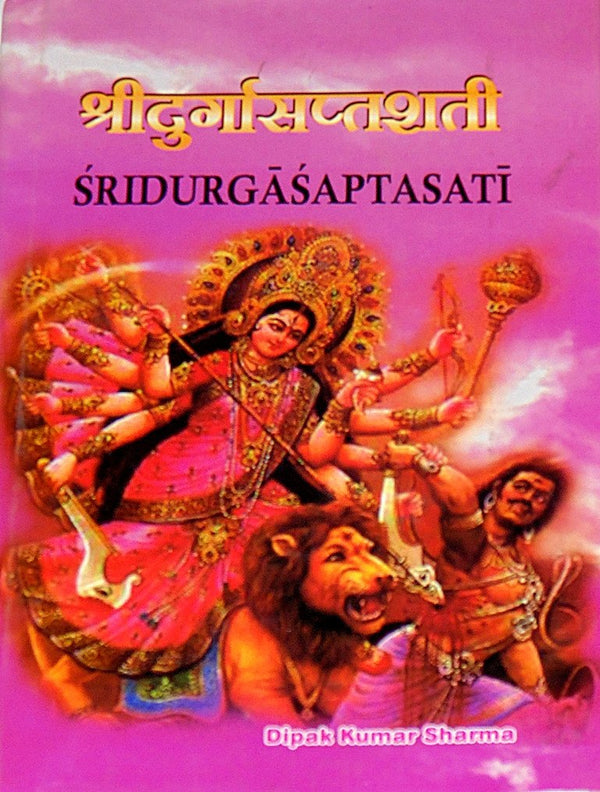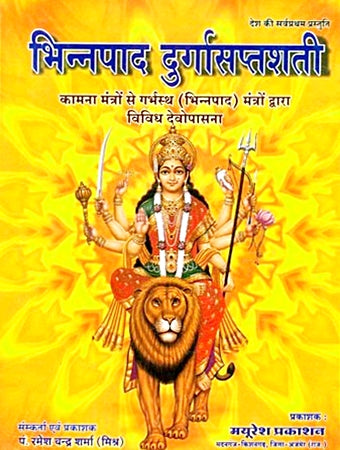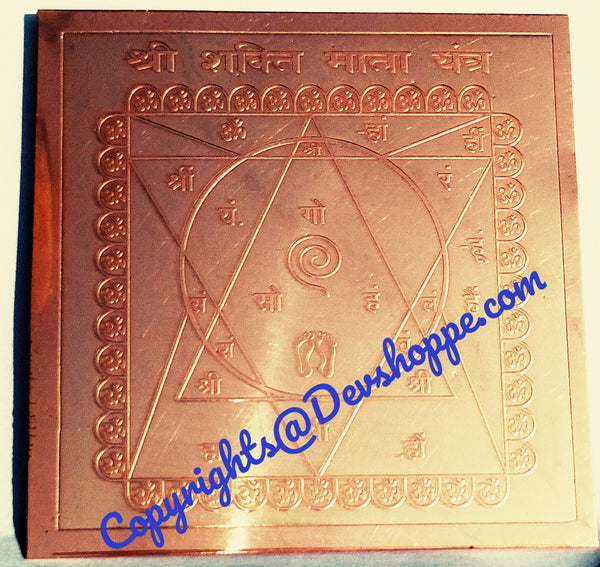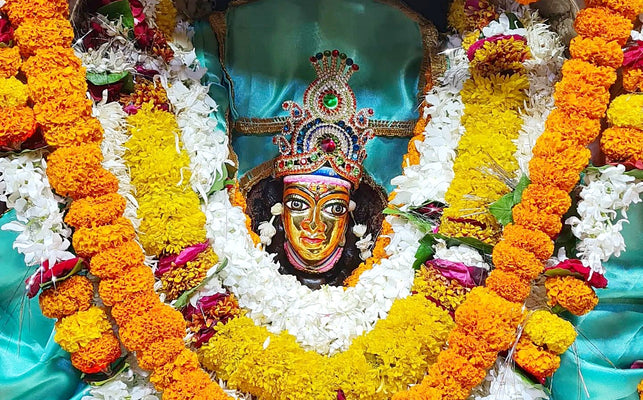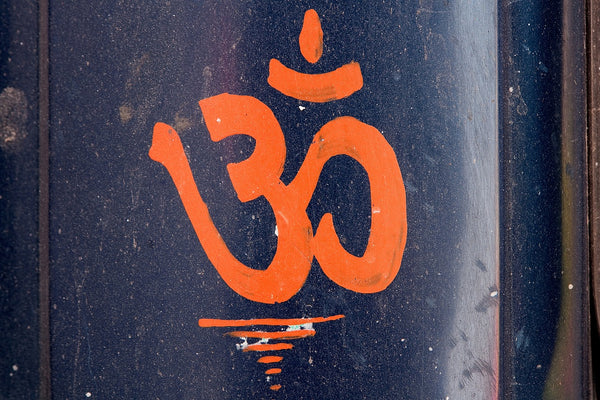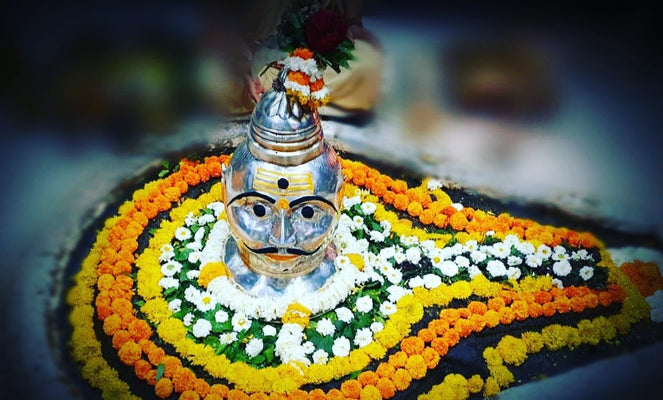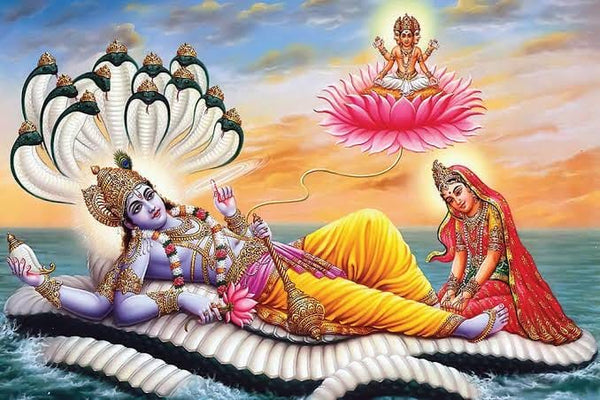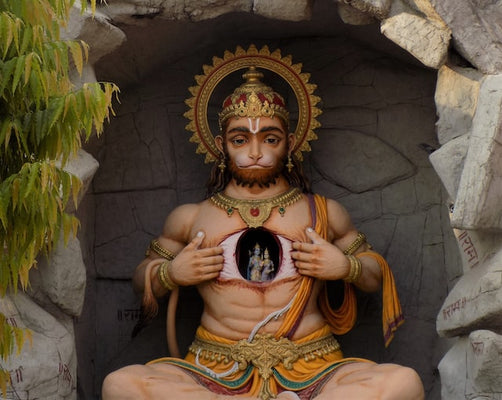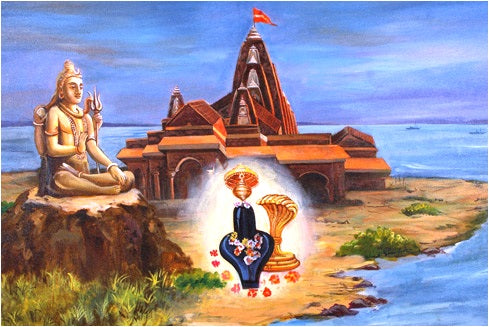Mata Vaishno Devi Temple , Katra
Recognized as one of the 'Shakti Peethas', Mata Vaishno Devi Temple is situated in the folds of the 'Trikuta Hill' in Katra, Jammu and Kashmir. This abode of Goddess Durga is supposed to be one of the wish fulfilling places, where millions of devotees from India and abroad gather for Mata Vaishno Devi's blessings. People who visit the shrine constitute a heterogeneous profile comprising of wealthy & poor, aged & young, males & females from within and outside the country. The Shrine of goddess 'Vaishno Devi' is reached by an arduous climb. The scenic beauty, the landscape around and the constant chanting of 'Jai Mata Di', leaves a mystic effect on the devotees. At the culmination of their pilgrimage the devotees are blessed with the 'Darshans' of the deity in her three manifestations as three Pindies, located inside the sanctum- sanatorium, which is open for the devotees through out the year in all seasons.It is truly a spiritually uplifting experience to witness the faith of the devotees, who are motivated to the heart by three words being chanted since the ages.
"Jai Mata Di"

Yatra
The Vaishno Devi Yatra begins at Katra. The distance from here to the Darbar is 13 km and should be covered by foot. On the way, at a distance of 1 km from Katra is Banganga where Mata drew out water by piercing an arrow into the ground. 6 km away lies the holy cave at Adhkawari.
To cross the Banganga checkpost you need a yatra registration slip from from the Yatra Registration Counter at the Tourism Reception Centre located at the Katra Bus Stand. The Yatra Slip is free but mandatory to commence the Yatra.
People who find it difficult to climb the mountains can rent a pony or dandi (palanquin). Pithus (people who carry things on their back) can be hired for carrying children. The 13 km route is well built, wide and tiled and the whole path is lit up every night by powerful sodium vapor lamps. Due to the fact that so many people visit Vaishno Devi during the year all amenities and facilities required to make the yatra comfortable are provided. Shelter cum sheds and shelter cum cafeterias are setup throughout the route. Pure vegetarian food is available at these outlets. Price charts are exhibited at all these outlets prominently.Drinking water has been made available all along the route, with water coolers and storage facilities. Public utilities with automatic flushing systems along the track and at the Bhawan.
After covering 9.5 km the next destination is Sanji Chhat which is primarily a resting area. From here the Bhawan is just 3.5 km away.The Yatra Slip has to be shown at the Registration Office before entering the Darbar, to determine your batch number, which is mentioned on the slip. This number is your place in the queue for darshan. It is a good idea to bathe and change on reaching the Bhawan. All luggages can be stored in the cloakrooms. Prasad, the red chunri (veil) and coconuts can be purchased from the entrance of the Bhawan. The ques for darshan stand at gate number 2. The coconuts are not permitted inside the cave, they can be deposited prior to entering in exchange for a token. You can collect an offered coconut while you exit the Darbar. Inside the cave you can see and pay obesience to the Mother Goddess in her three forms; Maha Kali, Maha Lakshmi and Maha Saraswati. The holy water coming from Mata's feet can be collected from near the exit gate.
Most people believe that the Yatra is complete only after visiting the shrine of Bhairon whom Mata forgave in his last moments. This shrine is visited only while returning from Mata's Darbar. Bhairon's Shrine is located at a distance of 2.5 km. from Bhavan. The return path is only 13 km as the return path from the Bhairon Shrine directly joins the main path at Sanjhi Chhat. Although the shrine is open throughout the year, it is better to avoid the winter months as the path becomes difficult to walk due to snowfall and very low temperatures.
Legend
Once Vaishno Devi was praying to Lord Rama when Bhairon Nath a tantrik demon god decided he wanted to pursue her. As the Goddess had taken a vow of celibacy she fled from Bhairon. Vaishno Devi ran towards the Trikuta Mountains with Bhairon in hot persuit. While running she felt thirsty and shot an arrow into the earth from where water sprang out. This place is now called Banganga. The Goddess rested at Charan Paduka where the imprint of her feet got embedded into the earth. She hid and meditated in a cave at Adhkawari where she stayed for nine months. Since that time the cave has come to be known as Garbh Joon (the womb). When Bhairon finally located her in the cave she blew an opening with her trident and escaped. She then took on the form of Mahakali and in her fury cut off Bhairon's head with such force that it fell at a distance. It is here that the Bhairon Temple is now located. Some people also believe that the boulder that blocks the enterance to the holy cave is actually Bhairon's torso as Mata Vaishno Devi forgave Bhairon in his last moments.
Places of Interest
- Raghunath Mandir - takes pride of place being situated right in the heart of the city,Jammu. This temple is situated at the city centre and was built in 1857. This temple consists of seven shrines, each with a tower of its own. It is the largest temple complex in northern India. Though 130 years old, the complex is remarkable for sacred scriptures, one of the richest collections of ancient texts and manuscripts in its library. Its arches, surface and niches are undoubtedly influenced by Mughal architecture while the interiors of the temple are plated with gold. The main sanctuary is dedicated to Vishnu's eighth incarnation and Dogra's patron deity, the Rama. It also houses a Sanskrit Library containing rare Sanskrit manuscripts.
- Bawey Wali Mata Temple - inside the Bahu Fort attracts pilgrims every Tuesday and Sunday who come here to worship the presiding deity of Jammu while opposite the Bahu Fort, overlooking the River Tawi is a temple dedicated to Mahamaya, a local heroine of Dogras, who lost her life fourteen centuries ago fighting foreign invaders. The present temple of Bawey Wali Mata was built shortly after the coronation of Maharaja Gulab Singh, in 1822. It is also known as the temple of Mahakali and the goddess is considered second only to Mata Vaishno Devi in terms of mystical power. Alongside the same river are the Peer Kho Cave temple, the Panchbakhtar temple and the Ranbireshwar temple dedicated to Lord Shiva with their own legends and specific days of worship. The Ranbireshwar Temple has twelve Shiva 'lingams' of crystal measuring 12" to 18" and galleries with thousands of 'saligrams' fixed on stone slabs.
- The Sudh Mahadev Temple - in Kashmir, India is another important historical site that you may visit during your temple tours to Kashmir, India. This ancient and holy temple is located close to Patnitop and is famous for the Asad Purnima Festival that is organized here annually. According to popular legend this holy shrine is the place where the Hindu deity Lord Shiva was meditating when his consort Uma's cry shook him out of his meditation.
- Kheer Bhawani Temple - is the holy temple of the Goddess Ragnya Devi. It is located in the village of Tulla Mulla, that is at a distance of 27 kilometers from Srinagar,Kashmir. Devotees fast and gather here on the eighth day of the full moon in the month of May when, according to common belief, the goddess changes the color of the spring's waters. The temple complex is known as Kheer Bhawani because of the thousands of devotees who offer milk and kheer, a form of Indian desert, to the sacred spring, which magically turns black to warn of impending disaster. Pilgrims who have faith in the divine powers of the goddess usually undertake tours and travel to this pilgrimage. Goddess Ragnya devi is the form of Maa Durga Bhagvati. The Brahmins of Kashmir worship this spring and pilgrims from every comer of the country visit to have the darshan of the place.The water of the Spring changes its colour from time to time. It takes on various hues like red, pink, orange, green, blue and has often light green, red rosy and millky white shades.Any shade of black colour is supposed to be inauspicious for the inhabitants of the valley. This colour was prominent in the year 1947 when the Pakistani raiders attacked the peaceful valley. Many times rising of bubbles has been observed which form the mystic Chakra on the surface of the water.
Getting there and Around
- By Air - The nearest airport is at Jammu (48 km from Katra).
- By Rail - The nearest railway station is Katra. Direct trains are available from most metro cities to Katra. Otherwise one can take train upto Jammu and hire an bus or taxi from there.
- By Road - Jammu is well connected by the Inter State Bus Service and buses leave for Katra every 10 minutes between 5.30 am to 8.30 pm from the main bus stand. You can also hire private taxis till Katra from Jammu Railway Station, Airport or the Tourist Reception Center.
Accommodation
As people from all walks of life visit the Vaishno Devi Shrine accommodation for all budgets is available. These range from private Hotels to Yatri Niwas managed by the Shrine board and Guest houses of the Jammu and Kashmir Tourism Department.


